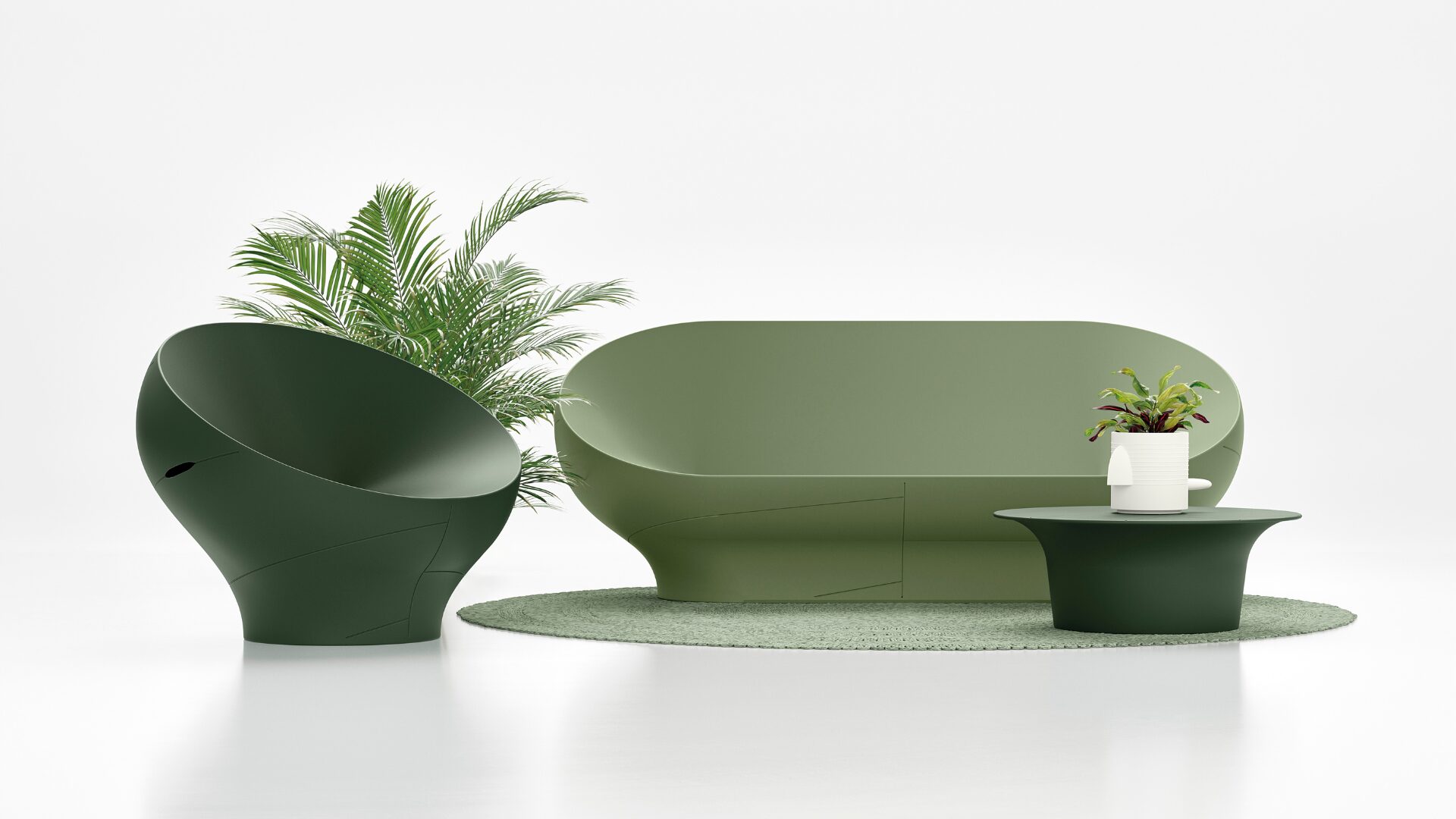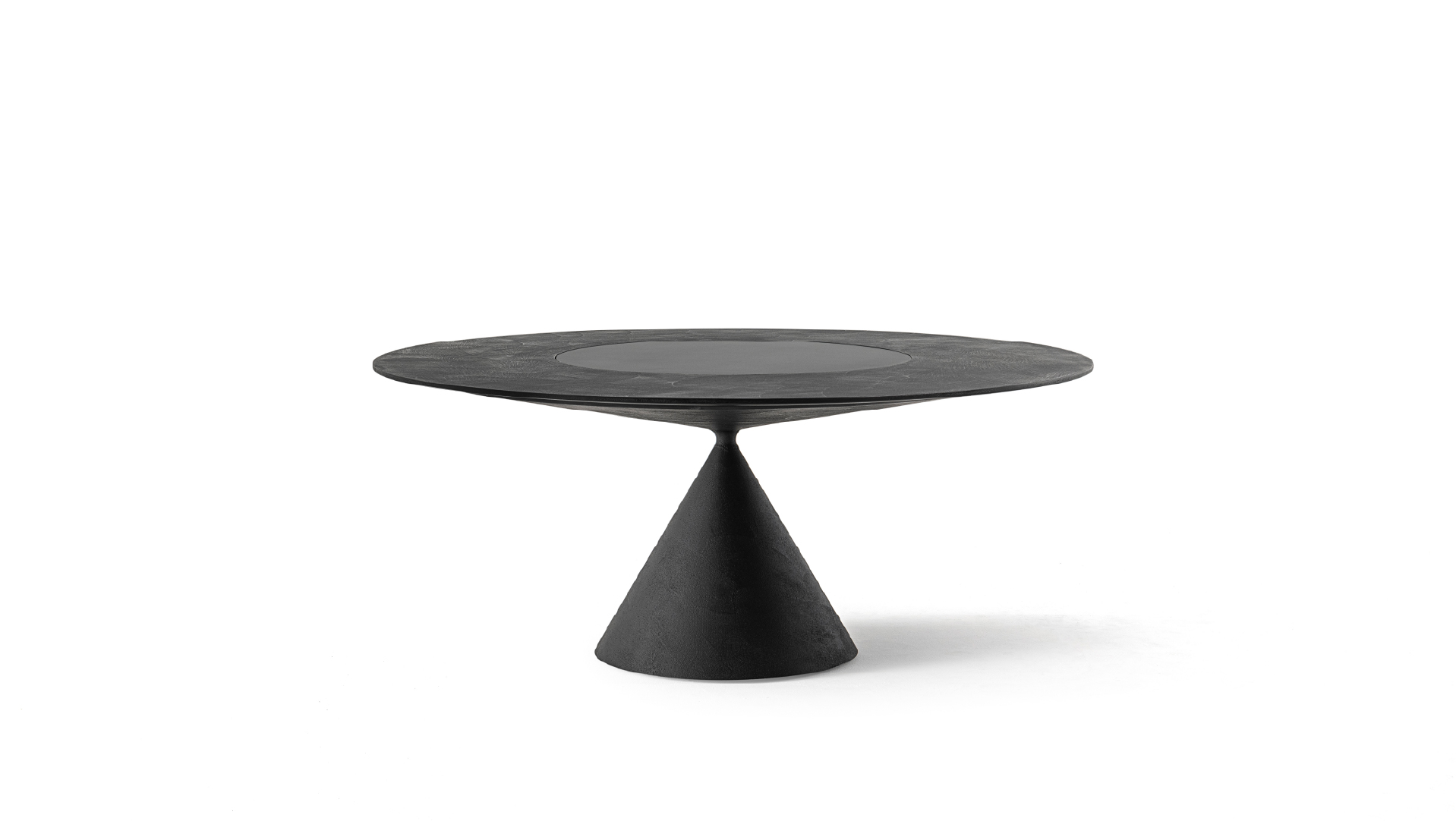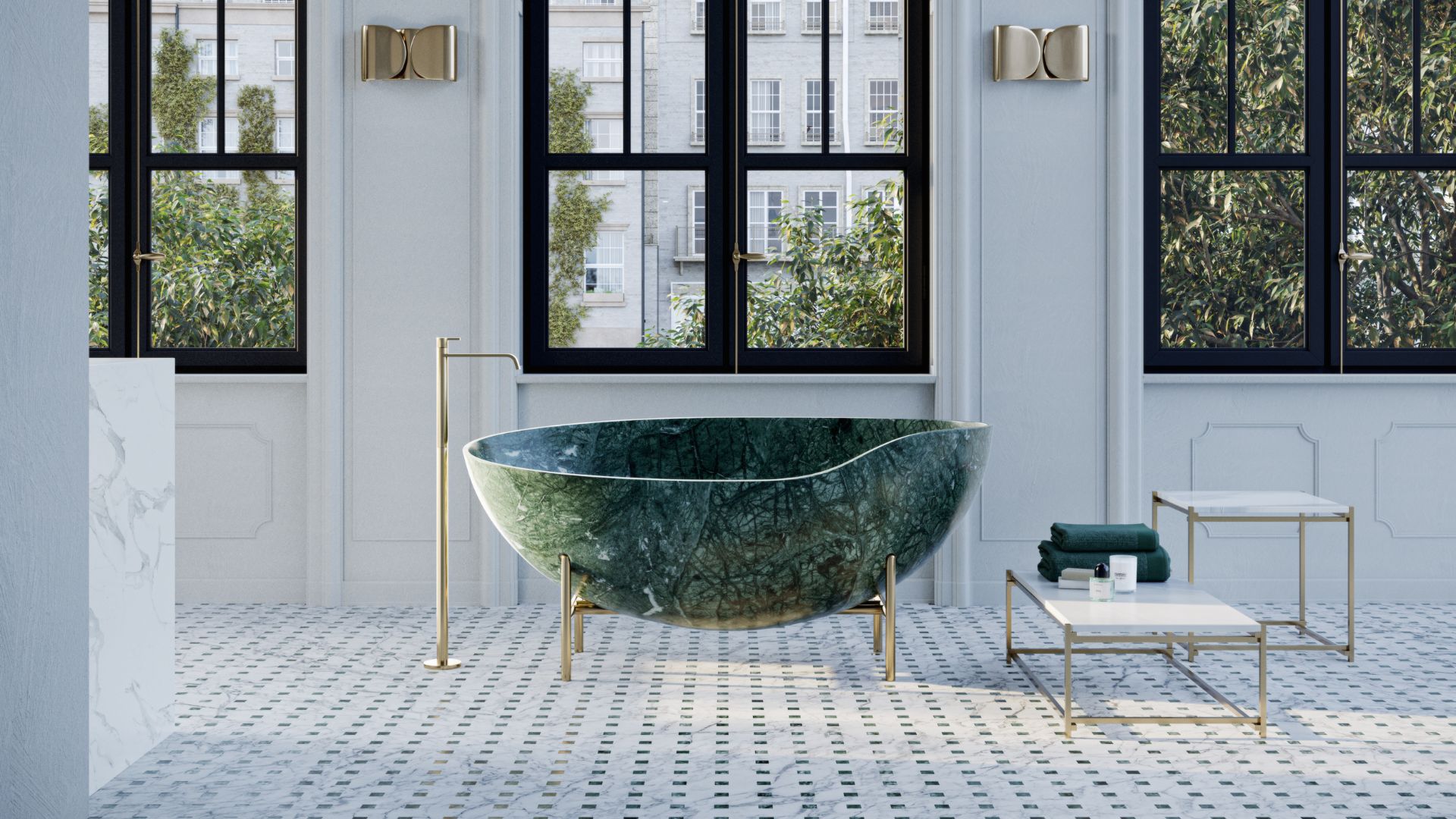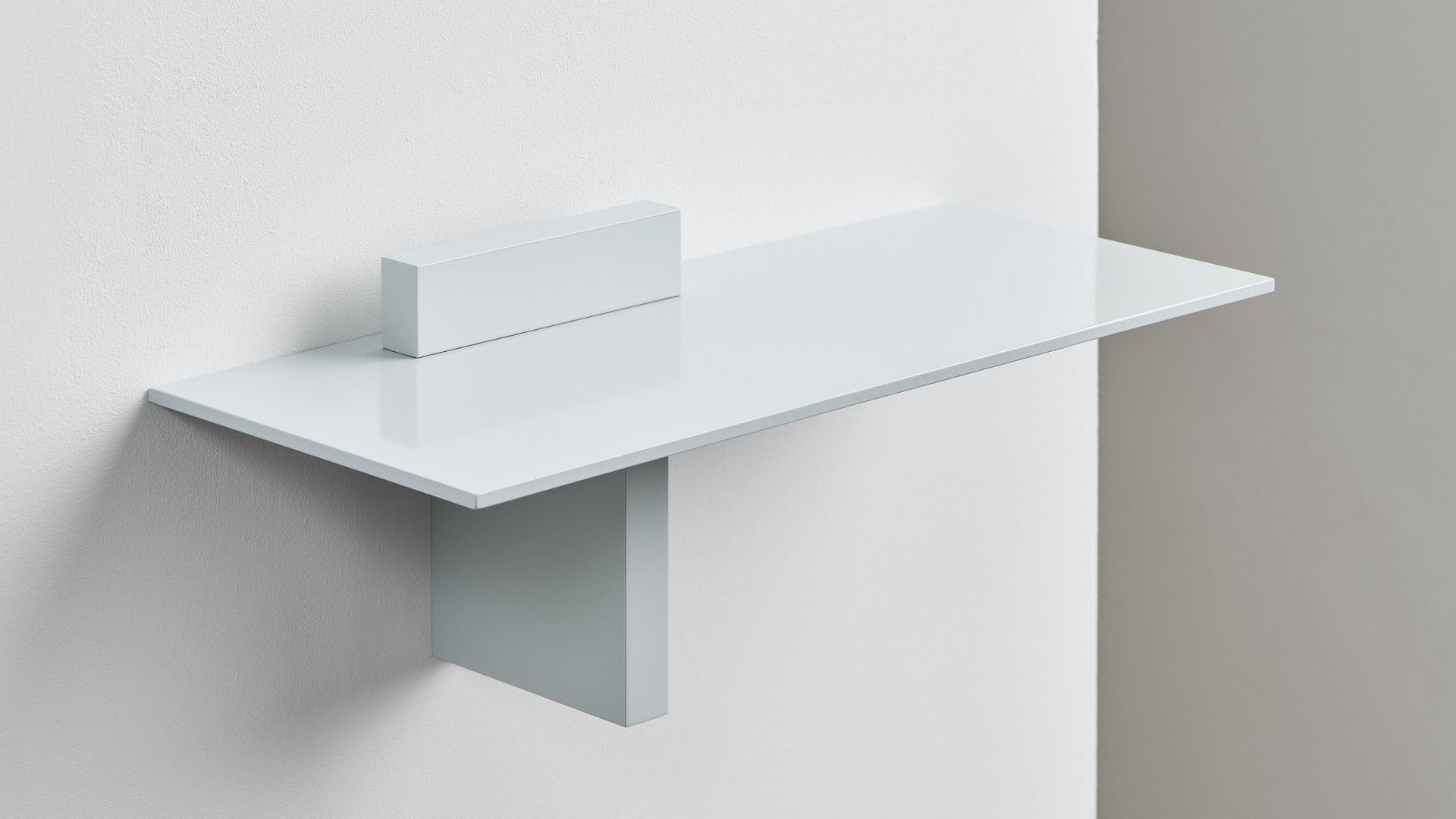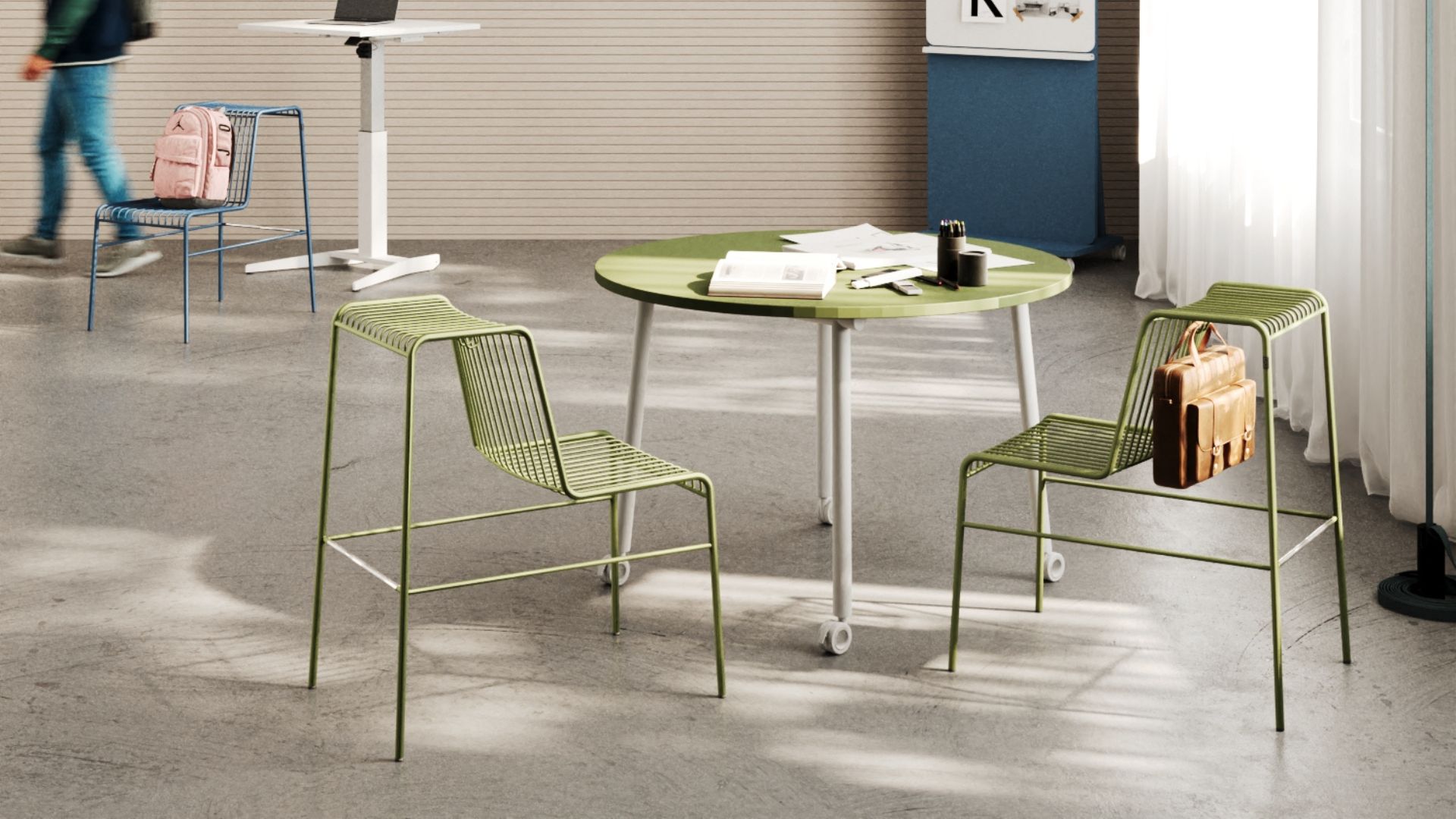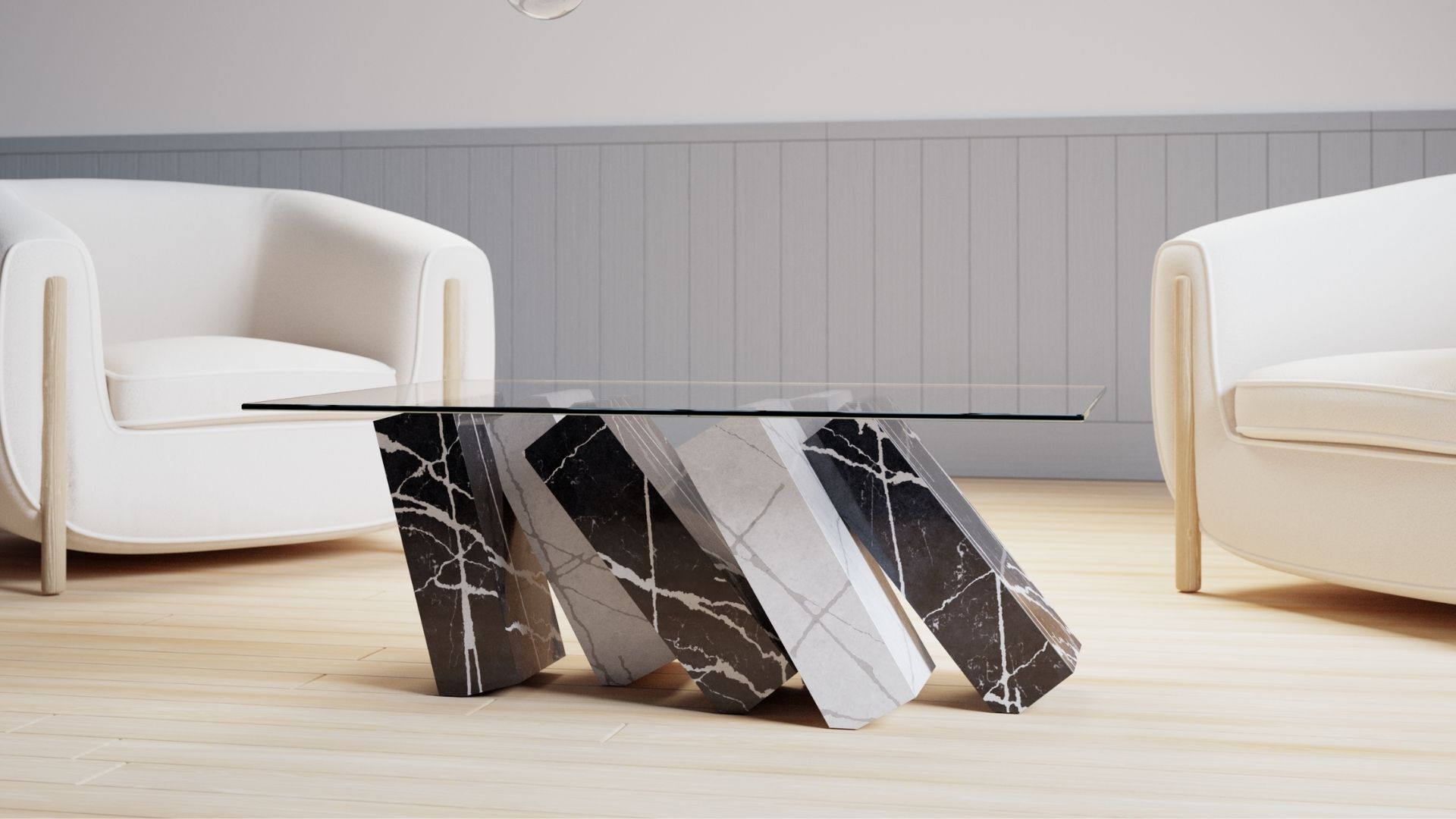“I exist, therefore I pollute.” – Reinventing plastic waste with Plasticiet
Passionate for sustainable material development, Rotterdam based startup Plasticiet designs a brand new life for plastic waste.
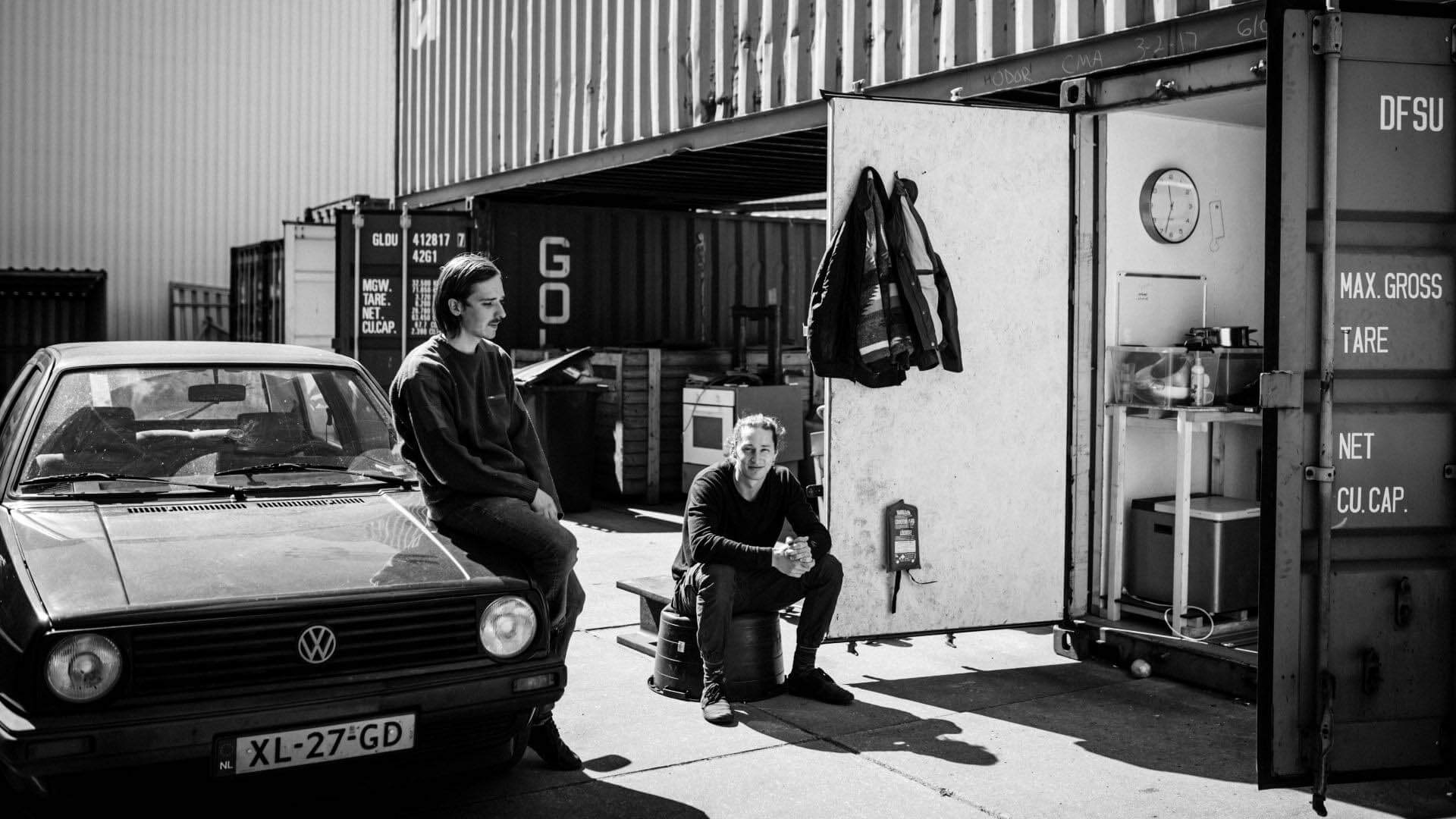
“Plastic is the new Gold!” stands out as the sustainable vision of Plasticiet, the Rotterdam based startup founded in 2018 by Marten van Middelkoop & Joost Dingemans. Both coming from a design background, they defined a method to transform large volumes of plastic waste into materials with a purpose.
Visually inspired by the primal beauty of natural stone, they create building blocks used by creatives, makers and designers to use for their own inventions. Moreover, they have launched a furniture collection called Mother of Pearl, which recalls the shiny finish of the precious gem through plastic shades.
During Sustainable Furniture Week, DesignWanted had the opportunity to interview Joost Dingemans, finding out more about Plasticiet journey, design process, consideration of sustainability, and future expectations.
Gallery
Open full width
Open full width
Who are Marten van Middelkoop and Joost Dingemans? How did the journey for Plasticiet begin?
Joost Dingemans:
“Marten and I both studied at the art academy in Rotterdam (Willem de Kooning) where he persuaded me to leave my sustainability minor course and join his group on a commercial minor, arguing that “I was already naturally interested in sustainability so I should broaden my horizon instead”.
When I joined that group we came up with the idea to locally source plastic waste and turn it into something for the direct environment. We were inspired by a trip to India where we saw micro-economies popping up who were utilising every kind of scrap they could find to make very practical tools for their industry, such as polishing wheels for the metal industry made out of old clothes.”

Later on, we decided we wanted to be able to process more material and the idea came to make a prefab material that other makers can use to fathom their own creations. With our background as designers, we’re able to find the aesthetics that people want to use so each time we make a new collection item we ask “do we or do we know someone who’d make small items or a large interior with this material?”.
If the answer is yes and we have a good gut feeling about it, the material has been approved! I’d like to say that the word sustainable has a very broad meaning and in this article, I will mainly use it to describe materials that are produced in a world-friendly manner.”

Why focus on plastic as the main material for your designs? Do you think it is possible to entirely minimize its hazardous impact on the environment?
Joost Dingemans:
“Artists and designers are in a way emissaries who reflect what is happening in society working with any medium. We started working with plastic as a reflection of what is a major threat emanating from our society into the remaining natural world where nature in this context means that we haven’t ruined it yet.
Marten and I are quite different in that as well. I go into a creative block when I don’t think of what will happen with my creations or when I don’t think through what kind of materials I will utilize. I almost as a mantra repeat “I exist, therefore I pollute.” In my head. For me, a material such as plastic, recycled plastic that is, is a perfect material to cope with myself and be of value to the world as a maker rather than being yet another pollutant.
I don’t think we’ll ever get rid of all the mini-, micro- and nano-plastics that are already fluttering about globally ourselves. Eventually it will (I think) all decay, and we as humanity have the obligation to not make it worse. There should, in my opinion, be more public figures like David Attenborough around to teach people and strict global/international laws to reduce pollutants.”

You’ve found a way to process large volumes of plastic waste, and transform it into a sustainable material again, could you tell us more about this, how do you research and experiment with sustainable solutions for your products, and what is the design process you follow?
Joost Dingemans:
“To be entirely honest with you, we started this whole thing on a gas stove on my balcony and a kitchen oven. Do not try this at home folks. We didn’t have any budget nor any idea what we were doing. It was only after we graduated that we started to seriously think about how we could scale it up.
In this age it’s quite easy to acquire information with the keyboard function ctrl+f you can find anything specific you are looking for, there are tons of videos on everything on the web etc. We delved into a lot of reading and video material while we were reflecting that information to what we were making, and vice versa.”

Now we have multiple partners who we work together with to gather our plastic, which is stored in 1000kg big-bags. Whenever we work with a new material we have a feasibility setup in which we can very quickly determine whether or not a specific kind of plastic will work in our production process (think about a sub-type or the amount of viscosity it gets at a certain temperature).
We do the same small tests to determine the amount of colour we want to add etc. before we scale it up to a larger size. Before we get to a perfect recipe we, of course, have some misfits we then either store or try to sell for a cheaper price. We actually have a pile of misfits we want to get rid of, so if any of you readers require some B-grade material, please do contact us!
Lastly, it is of equal importance to educate our clients. One time we made material for a window display for Liberty London and when I visited, an employee told me that it had been tossed into the trash bin after its display period of a few months was over. We always offer our clients to be to send back their offcuts for free (which is quite hard to stimulate I must confess) and advise them in ways to apply the material so that it can easily be dismounted in the future.”

What material alternatives and new techniques do you think are the most relevant at the moment in the furniture design field?
Joost Dingemans:
“Terrazzo is all the rage. For how long, we do not know. Often these new terrazzo’s are made with an epoxy binder or a concrete binder which in my humble opinion are not very sustainable materials in many ways. I’d love to see more alternatives to the binders in these industries to make it more recyclable in the future.
Also, correct me if I’m wrong, but a lot of furniture can be upholstered with a nice recycled or biological fabric while still having a core of a classic foam that is bound to be incinerated in the unforeseeable future. I’d also love to see more recyclable or bio foams. It’s often the cladding and of interior and the furnishing that is receiving all the attention to look sustainable, while in the physical core it is not ‘necessary’ to apply sustainable materials as the customer/visitor/user will only see the crust. I see this happening a lot in projects.”
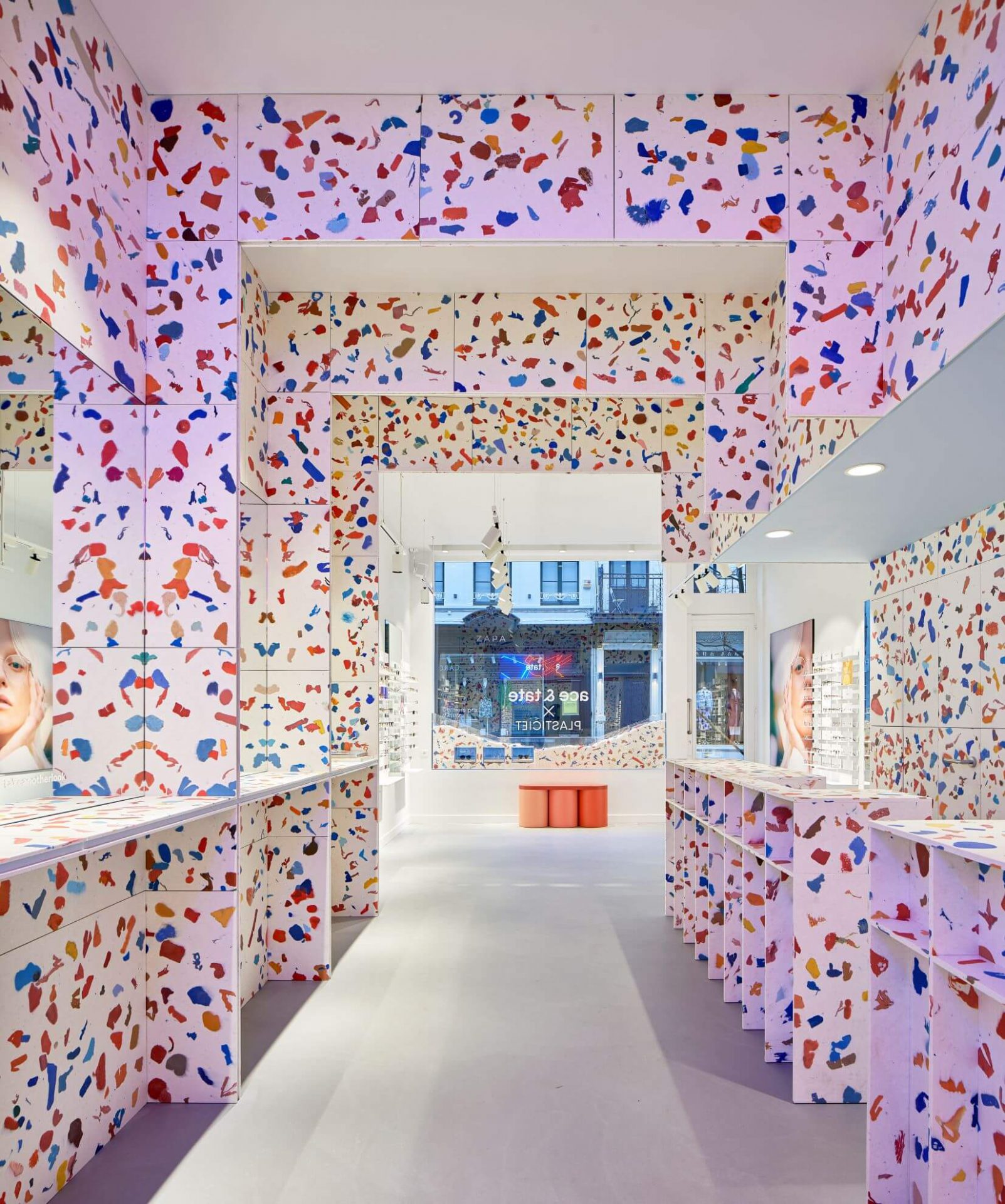
You create building blocks that can be used for a wide range of applications, how would you define the importance of sustainability in the furniture industry, and how big is the role of designers in this?
Joost Dingemans:
“It is actually quite hard to get your hands on a sustainable material sometimes. If they would be as easily accessible as other products we’d be in a better place too, but that takes time as a lot of these materials are still produced in small scale or are still in a development phase so it’s not possible to offer them as cheaply as the good old commercial classics.
I think everyone has their part to do. The client has to be willing to spend some more money to keep this development going. The interior or furniture designer has to suggest sustainable materials using its aesthetic vision. The contractor or factory has to minimise waste in this process and finally the producer and material developers have to create materials that look good, are sustainable and eventually be affordable.”

Continuing to create incredible sheet materials through sustainable practices, what can we expect next from Plasticiet?
Joost Dingemans:
“Once this article is published we might actually have two new materials in our collection and perhaps two of our classics will have been dissipated. We’re working towards utilising harder plastics as many of our current plastic types are more prone to scratching so we’re step by step going to take the softer ones out of the collection. This will make sure that the products our customers and we ourselves make will last even longer.
Next to this, we’re also working on expanding our collectible design line called Mother of Pearl in which we combined our material knowledge, our handicraft and our view as designers mashed together in a sort of neolithic stylish caveman furniture line. The material is molten after which we stretch and fold it numerous times to aerate it, creating the pearlescent effect.
We have had very good reactions towards the Mother of Pearl collection which we are continuing to develop. More of that in the future! Lastly, we’re also partnering up with a company that will repurpose our dust as a coating for their furniture which they are currently prototyping.”












